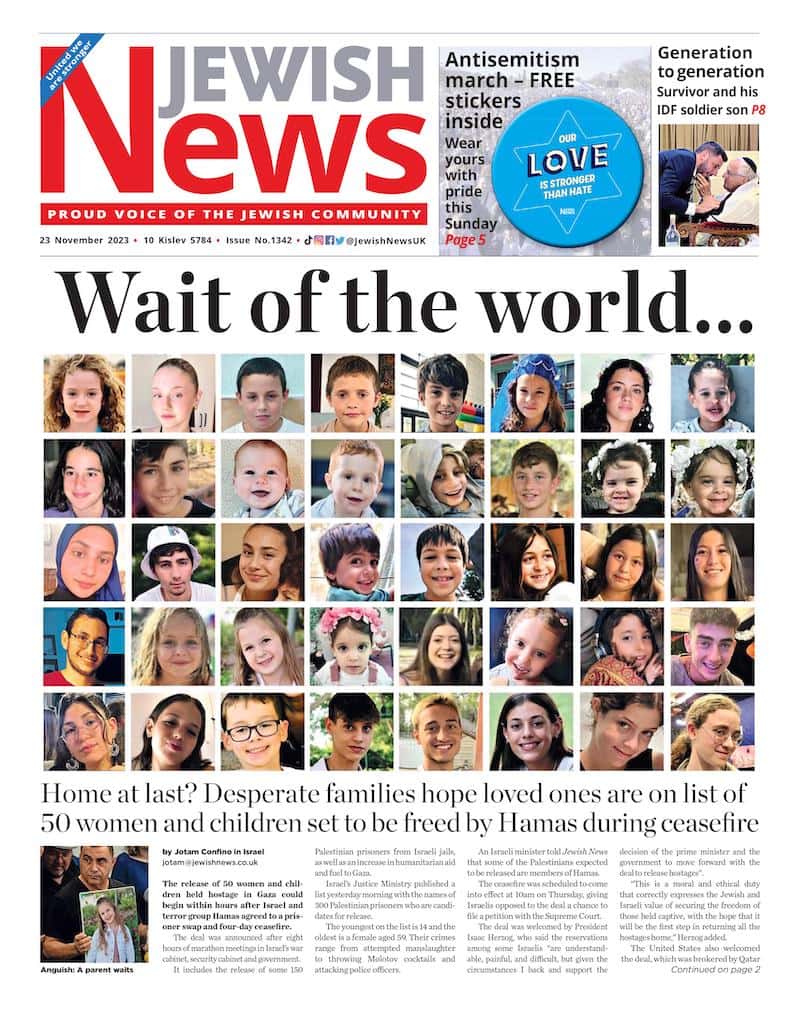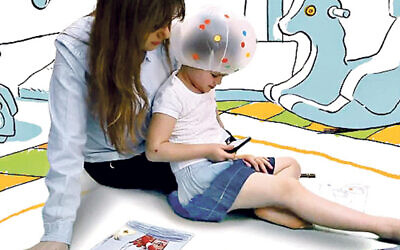Auschwitz researchers dismiss book about camp tattooist due to ‘factual errors’
Memorial Research Centre says it cannot recommend ‘The Tattooist of Auschwitz’ as meaningful reading, adding that it is “almost without any value as a document"
Auschwitz officials have dismissed best-selling book ‘The Tattooist of Auschwitz’ as historically unsound by citing a litany of factual inaccuracies, despite the novel claiming to be mostly true.
Heather Morris, a New Zealander whose book about a concentration camp love story has sold almost 400,000 copies in the UK alone, said it is “based on a true story” and “95 percent accurate” with details “researched and confirmed”.
But the Auschwitz-Birkenau Memorial and Museum this week said it could not recommend it as anything other than a work of fiction, after the Auschwitz Memorial Research Centre (AMRC) last week listed a catalogue of errors, including key details.
The book tells how the camp’s tattooist – Slovakian Jew Lali Sokolov – falls in love with Gita Furman, a Jewish girl he meets there. Morris said Sokolov told her the story after his wife died, and that she later hired two investigators to corroborate details, with “95 percent of it [the book] is as it happened, researched and confirmed”.
However, in a short but stinging report published late last week, Wanda Witek-Malicka of the AMRC said the Centre took an interest when they were asked to cross-check the 34902 prisoner number given to Gita in the book, only to find that her real number was in fact 4562.
Digging deeper, Witek-Malicka said the AMRC discovered that the book contained numerous fundamental errors such as Lali’s route to camp, his treatment for typhus, Dr Josef Mengele’s experiments, the camp’s method of gassing prisoners, the nature and success of a Jewish revolt, and the sexual relationship between the camp commander and a Jewish female inmate.
On transport, the AMRC said Lali could not have travelled through Ostrava and Pszczyna, suggesting Morris’s team had “probably used a modern online search-engine for railway connections”. It also said Lali was unlikely to have been given penicillin for typhus in 1943, since the antibiotic only became available after the war.
On Mengele, Witek-Malicka said Morris describes the evil doctor as sterilising men, but evidence shows this was not the case. She also questioned the author’s portrayal of a scene in which prisoners are gassed to death on a bus, a scenario the AMRC said “does not find any confirmation in historical sources”.
Elsewhere Morris shows Jewish prisoners blowing up two crematoria, but evidence shows only one was damaged, and even then only partially. Similarly, the AMRC said the book shows female Jewish prisoners bringing in gunpowder under their fingernails, a plot with no historic basis.
Morris also shows the camp’s SS commander in a semi-explicit long-term sexual relationship with a Jewish prisoner, but the AMRC said the chances of this happening were “non-existent”.
The AMRC’s report led to a stinging rebuke from the Auschwitz-Birkenau Memorial and Museum, which noted that the novel gives “an impression about Auschwitz inspired by authentic events,” but that it was “almost without any value as a document”.
They added: “The nature of human memory, especially where the events recalled occurred over 70 years ago, requires confrontation with other sources. From today’s perspective, we can only regret that no specialist in the area of camp matters was invited to work on the book.
“Given the number of factual errors, therefore, this book cannot be recommended as a valuable title for persons who want to explore and understand the history of Auschwitz.”

Thank you for helping to make Jewish News the leading source of news and opinion for the UK Jewish community. Today we're asking for your invaluable help to continue putting our community first in everything we do.
For as little as £5 a month you can help sustain the vital work we do in celebrating and standing up for Jewish life in Britain.
Jewish News holds our community together and keeps us connected. Like a synagogue, it’s where people turn to feel part of something bigger. It also proudly shows the rest of Britain the vibrancy and rich culture of modern Jewish life.
You can make a quick and easy one-off or monthly contribution of £5, £10, £20 or any other sum you’re comfortable with.
100% of your donation will help us continue celebrating our community, in all its dynamic diversity...
Engaging
Being a community platform means so much more than producing a newspaper and website. One of our proudest roles is media partnering with our invaluable charities to amplify the outstanding work they do to help us all.
Celebrating
There’s no shortage of oys in the world but Jewish News takes every opportunity to celebrate the joys too, through projects like Night of Heroes, 40 Under 40 and other compelling countdowns that make the community kvell with pride.
Pioneering
In the first collaboration between media outlets from different faiths, Jewish News worked with British Muslim TV and Church Times to produce a list of young activists leading the way on interfaith understanding.
Campaigning
Royal Mail issued a stamp honouring Holocaust hero Sir Nicholas Winton after a Jewish News campaign attracted more than 100,000 backers. Jewish Newsalso produces special editions of the paper highlighting pressing issues including mental health and Holocaust remembrance.
Easy access
In an age when news is readily accessible, Jewish News provides high-quality content free online and offline, removing any financial barriers to connecting people.
Voice of our community to wider society
The Jewish News team regularly appears on TV, radio and on the pages of the national press to comment on stories about the Jewish community. Easy access to the paper on the streets of London also means Jewish News provides an invaluable window into the community for the country at large.
We hope you agree all this is worth preserving.






















